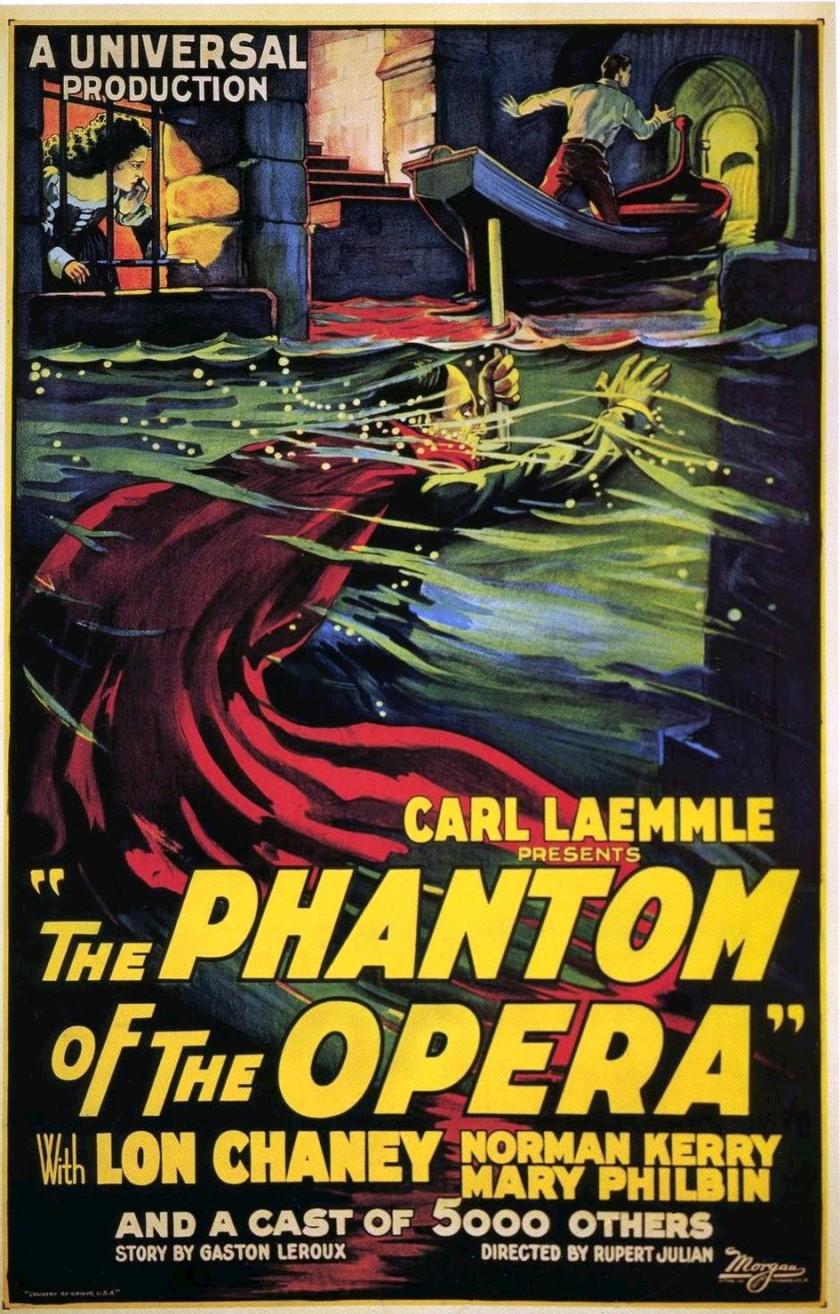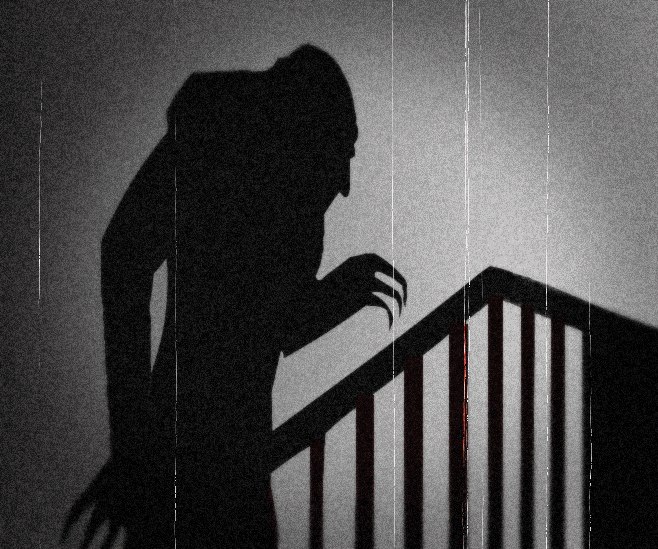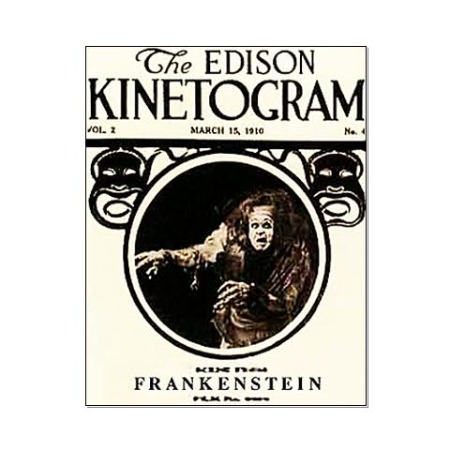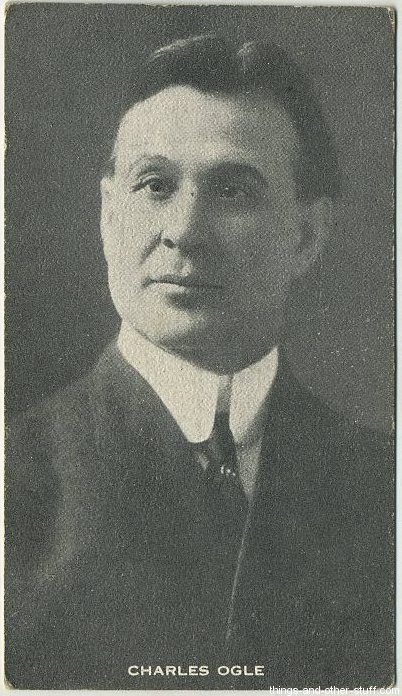November 25, 1925, The Jazz Age is in full swing (no pun intended) in the good old United States. Women’s hair and skirts are getting shorter and the men’s pockets are getting heavier. It was a rich time during our country’s history with the absence of alcohol. Well, there was supposed to be no alcohol during Prohibition. Amendment 18 of our Constitution stated that the buying, selling and trading of alcohol is illegal but it was terribly enforced. Some citizens found the law to be unnecessary and had no problem breaking that law and that included some police officers. The real enforcers were radical temperance activists like Carrie A. Nation, a woman who would lead raids on saloons and liquor stores, chopping them up with her hatchet. Later in her life, she would end up at a mental institute when she develop a mental illness. Some people would say she had always had a mental issue for obvious reasons.
For me, one of the creepiest horror settings is a mental institute. Psychiatry was a growing medical field during the early 20th century as the number of patients at these institutes increased immensely. This ever growing population of lunatics (common term in those days) created an overcrowding issue. Asylums would receive spending cuts from the government, usually during time of war and/or of economic struggle, which would lead to poor living conditions and often abuse by nurses and doctors. A movement for deinstitutionalization of such places even argued that the very environment of these asylums caused patients to become more mad. Mental institutes was the answer of the social problem of dealing with the insane outside of family, which caused alienism. Alienism is an idea that we can visually see in the 1925 silent film, The Phantom of the Opera.

Carl Laemmle, the president of Universal Pictures at the time, vacationed in Paris in 1922 and he met a man by the name of Gaston Leroux, author by his own right. Leroux worked in the French film industry so they had something in common. Laemmele shared his love for the Paris Opera House and Leroux told him that he wrote a book set in the Paris Opera House called The Phantom of the Opera. He humbly gave a copy to Laemmele, who read the entire book in one night. He would buy the rights the next day and call Lou Chaney, a daring actor who was well-known for his portrayal of the Hutchback in an adaptation of the Victor Hugo classic, to play the Phantom. Much like the Opera house in the movie, this movie had its own curse to deal with. It premiered 3 times in theaters. The first premiere received poor reviews so the studio pulled the movie and told the director, Rupert Julian, to reshoot it with a different style; Julian walked out. The second premiere showcased a new direction of the film and new scenes by director Edward Segwick, who made the film more of a romantic comedy and the audience literally booed at the movie. The third and final premiere is mostly Julian’s original film with Segwick’s ending and with a little editing magic, the film was successful, unlike the Phantom in the film.

The story starts off with the old owners abruptly selling the Paris Opera House to new managers during the busiest time for the opera house. The new owners are eager but get a fair warning from the old owners about a phantom that resides in the opera house. Judging by the new owners disbelief, the old owners tell them to go ask the man who is in box #5. They see the man and plan to go talk to him but when they do, he vanishes into thin air. The prima donna, Madame Carlotta, receives a threatening letter from the Phantom, stating that Christine, the prima donna’s understudy, will sing Maguerite the following night. Carlotta would never let that happened but she suddenly fell ill the next day, allowing Christine to sing the piece. At this point, Christine has spoken to the Phantom or the “Spirit of Music” and he tells her to focus on her career and let go of the boyfriend, Raoul. She does listen to the “spirit” and Raoul is crushed by the rejection. Raoul does overhear the Phantom talking to Christine but when he enters the room, it is empty. Carlotta receives another letter from the Phantom, stating the she should take ill for the next performance and let Christine perform. Another letter is sent to the managers, saying that if Christine doesn’t sing, that the opera house will be cursed. The managers ignore the warnings and continue the play with Carlotta. The Phantom is angered by the defiance and drops the chandelier on the audience. Christine runs into her dressing room, only to hear the spirit again and it lures her into a secret passageway through her mirror. She is in a trance as the Phantom leads her into his lair via horseback and a gondola. She faints after he shares that his name is Erik and he is deeply in love with her. She wakes up to a note saying she can come and go as she pleases but she was to never take off his mask. Curiosity overcame Christine and she takes his mask off to reveal a hideous monster underneath. He tells her his plans to hold her prisoner but will allow her to visit her world one last time with the stipulation that she does not see her lover, Raoul. She makes a rendezvous at a masquerade ball when the Phantom makes an appearance as Edgar Allan Poe’s Red Death. Christine and Raoul run to the rooftop and Christine tells him everything and they make a plan to escape. Little do they know, the Phantom has heard their plans. The Phantom reaches out to Christine, revealing that he knows their plans. He kidnaps her during her performance and Raoul runs to her dressing room to find her only to find a man in there already. This man explains that he is Inspector Ledoux and has been investigating the Phantom for months, finding out that his name is Erik and has escaped from Devil’s Island where he mastered the Dark Arts and was deemed insane. Raoul and Ledoux find their way down to the lair but fall into a torture dungeon, where the Phantom has cranked up the heat. The Phantom gives Christine two choices, two levers. The scorpion lever will save Raoul and Ledoux but she would have to marry the Phantom and the grasshopper lever would blow up the entire opera house. She chooses the scorpion only to find them drowning in the dungoen before the Phantom opens up the trap door. The mob is at the door of the lair and the Phantom escapes to the carriage, taking Christine with him. Raoul does save Christine but the Phantom is chased to the pier and is drowned by the angry mob.

Am I the only one who started to feel for the Phantom? I don’t believe he should’ve died at the end. At least take him back to Devil’s Island. The above quote is from the 1930’s by Lou Chaney, who is known for his portrayals of monsters and making them sympathetic. The movie was a lengthy hour and forty-five minute movie.Some parts did feel more comical than anything. The music choice was odd. It would be cheery at times I wouldn’t think to put cheery music but maybe that was to give it a creepy effect that I missed (think of the 1990’s movie, Jeepers Creepers). Sometimes the music did get dark at appropriate moments and I enjoyed that. I did have a issue, not with the movie itself, but with the fact that I am a huge fan of Andrew Lloyd Weber’s opera adaptation of Leroux’s novel and it almost ruined the original. Fun Fact: The editing of this movie in the final premiere was done by Lois Weber, but no relations to Andrew Lloyd Weber.
If you would like to watch this film: here’s how I watched it: https://www.youtube.com/watch?v=w1gW1pnKBPI
Next stop, 1931.










